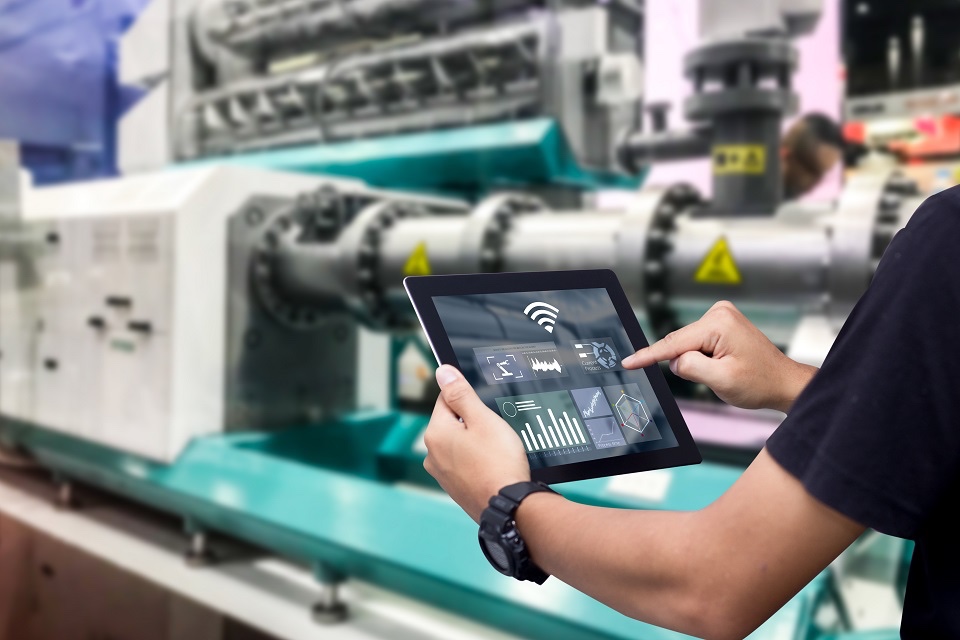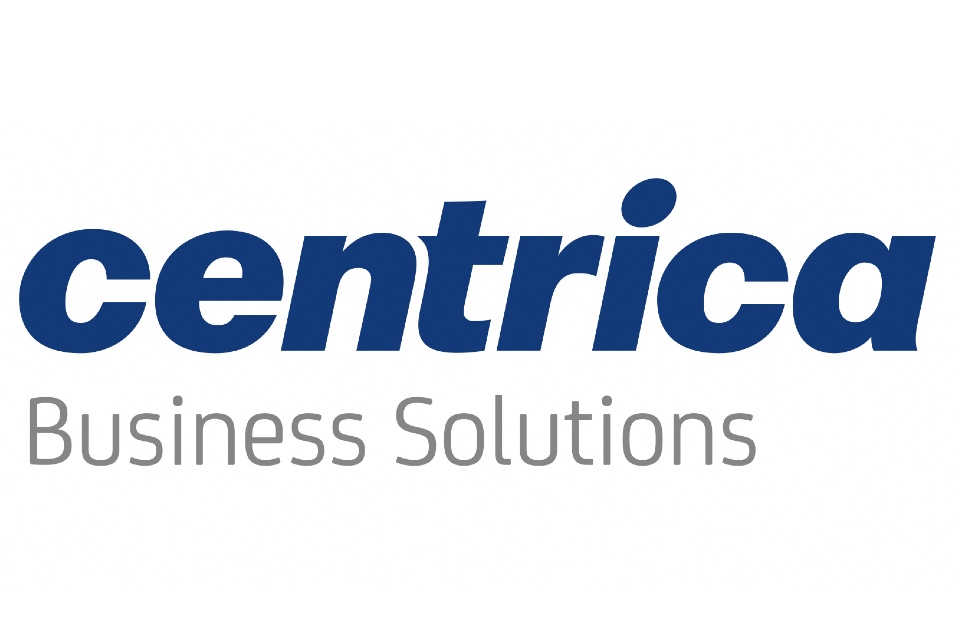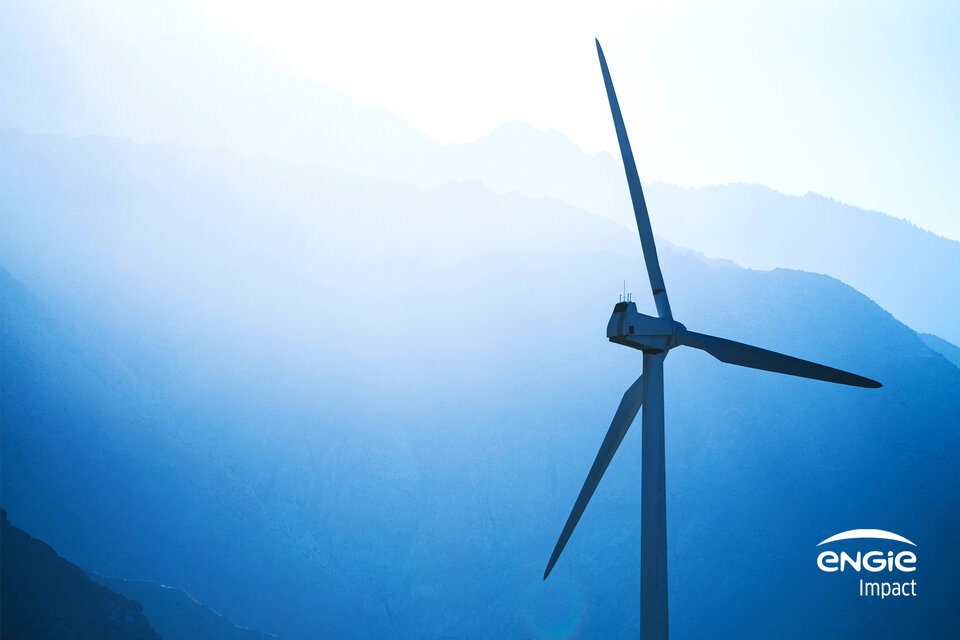Choose ISO 50001 to simplify compliance and set course for net zero carbon
https://energymanagementsummit.co.uk/wp-content/uploads/2022/03/Engie-Mar-29th-image-2.jpg 960 640 Guest Post Guest Post https://secure.gravatar.com/avatar/cb2a67f15cd7d053d8e638a1df3fd67f?s=96&d=mm&r=gBy Mehmet Olgun, Head of Net Zero Compliance, EQUANS
Businesses face mounting legislative pressure to achieve energy and carbon savings, and to comply with multiple compliance regulations, including ESOS, SECR, CCA and UK ETS. That’s why it’s important to find the most efficient and manageable ways to gather data, manage energy consumption and reduce carbon emissions in order to meet your regulatory obligations.
One of the most effective ways to fulfil all of these requirements is to gain accreditation to ISO 50001 – the internationally recognised standard for energy management systems (EnMS). ISO 50001 provides the foundation for compliance with all environmental regulations and also delivers a framework for creating a net zero carbon roadmap to meet your carbon-reduction objectives.
What does ISO 50001 accreditation involve?
ISO 50001 helps establish best practices for energy management. It involves implementing policies on everything from purchasing and energy efficiency to staff training and data reporting. It helps organisations to manage, monitor and improve energy performance by controlling energy consumption and enhancing operational efficiency. It enables you to embed processes, measurements, behaviours and responsibilities within your organisation that help to achieve consistent energy and carbon savings.
Once achieved, the accreditation is initially awarded for three years. Certified businesses will have to go through an annual audit each year, to ensure they are maintaining the IS0 50001 requirements.
The benefits of ISO 50001 accreditation
As well as enabling easy compliance with ESOS and other regulations, accreditation to ISO 50001:
- Improves profitability and operational efficiency through continuous energy savings and cost reductions.
- Builds robust operational and energy management processes and behaviours into a business and creates creating a leaner and more agile operation.
- Provides a strong foundation for creating a net zero carbon roadmap and supports the delivery of your net zero strategy.
- Helps you stay ahead of regulatory changes and new compliance requirements by instilling bast practice into your business.
- Strengthens employee motivation by engaging people in improving environmental performance
- Enhances brand reputation by demonstrating your commitment to sustainable development
Start your journey to ISO 50001 accreditation
With so many competing priorities, dedicating time and resources to reaching ISO 50001 accreditation may seem challenging. Partners like EQUANS can help by providing end-to-end support for achieving ISO 50001 accreditation. At EQUANS we help you develop your policies and set appropriate targets and objectives. We identify energy consumption hotspots and associated energy-saving opportunities, as well as introducing monitoring and measurement processes to evaluate your performance. Our specialists will also guide you through the annual audit process required to maintain your accreditation.
Find out more about ISO 50001 accreditation and how EQUANS can support your business here.







 In the latest instalment of our energy management industry executive interview series we spoke to
In the latest instalment of our energy management industry executive interview series we spoke to 
